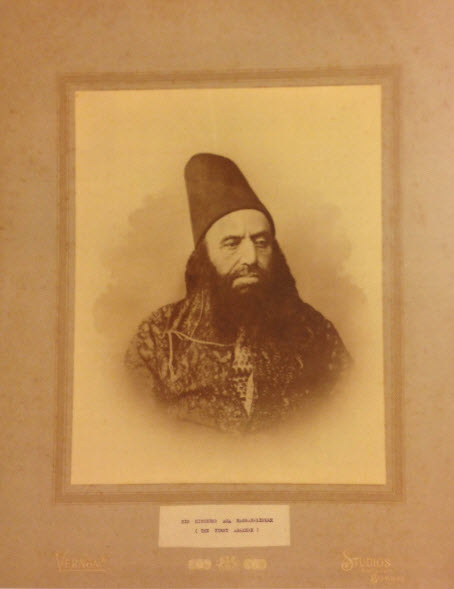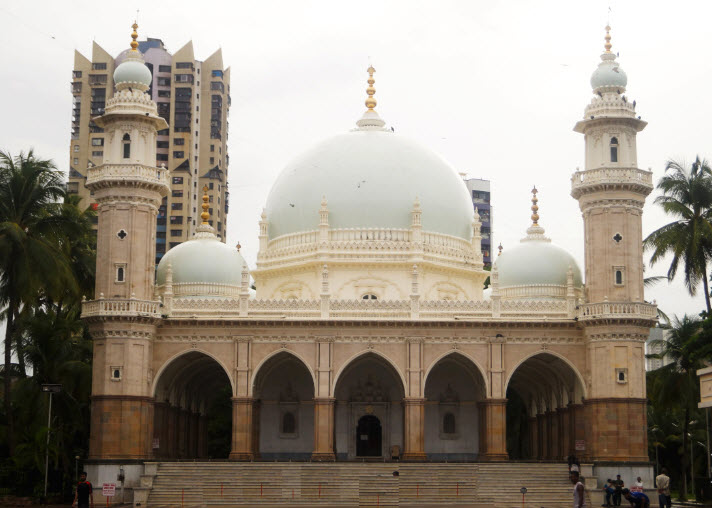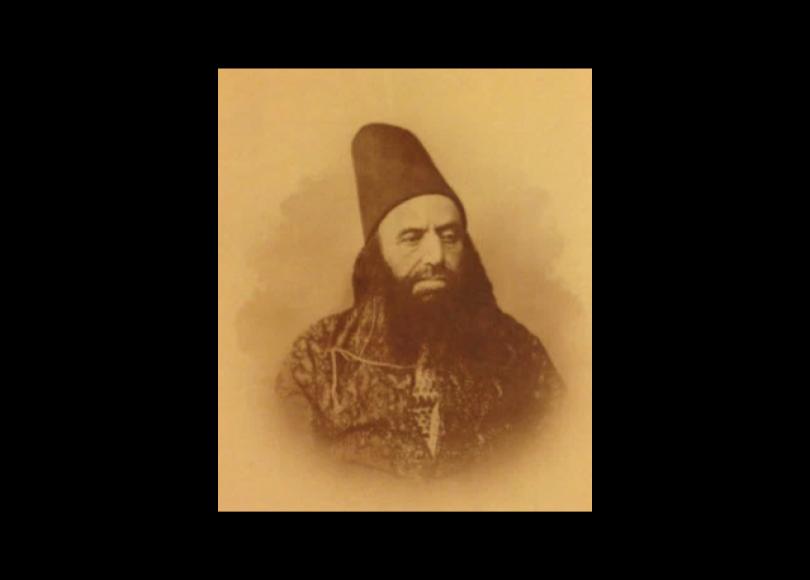Imam Hasan Ali Shah Aga Khan I, the forty-sixth Nizari Ismaili Imam, settled in Bombay (now Mumbai), India in December 1848, establishing the seat of Imamat there, initiating the modern period in Nizari Ismaili history.

In the aftermath of the destruction of their state of Alamut, the Nizari Ismailis who survived the Mongol catastrophe, were deprived of a central leadership they had enjoyed during the Alamut period (1090-1256). Although the Imamat continued in the progeny of Imam Rukn al-Din Khurshah (r. 1255-1257), the last Imam of Alamut, Imams remained in hiding for almost two centuries. The scattered Nizari communities developed locally and in isolation from one another while observing strict precautionary measures in order to escape rampant persecution. “To that end, they not only concealed their true beliefs as well as their religious literature, but also resorted to a wide variety of Sunni, Sufi, Twelver Shi’i and Hindu disguises in the midst of hostile surroundings in the Iranian world and the Indian subcontinent” (Daftary, The Isma’ilis Their History and Doctrines, p 404).
Around 1425-26, Imam Islam Shah settled in Anjundan, in central Persia to revive the da’wa and literary activities. Imam Hasan Ali Shah, who succeeded to the Imamat in 1817, achieved political prominence in Persia and was bestowed the title of Aga Khan by the Qajar monarch Fath Ali Shah (d. 1834). Owing to political unrest, Imam migrated to Qandahar, Afghanistan in 1841, marking the end of the Persian period in Nizari Ismaili history that had lasted some seven centuries since Alamut time.
In Afghanistan, Imam Hasan Ali Shah associated with the British offering his services to them. He subsequently migrated to Sind in the Indian subcontinent where he resided in Jerruck (now in Pakistan), continuing to offer his services to the British. In 1844, Imam left Sind, travelling to Karachi, Cutch, Kathiavar, and Calcutta, eventually settling permanently in Bombay in 1848, establishing his durkhana, or chief residence there. This began an era of regular contacts between Imam and the widely dispersed communities.
The Nizari Ismaili Khojas of the Indian subcontinent, who had made the hazardous journey to Persia for several centuries to see the Imam, were overjoyed to have the Imam residing closer to them. Imam Hasan Ali Shah attended the jamatkhana in Bombay on special religious occasions, and led the public prayers there. Every Saturday when in Bombay, he also held durbar, granting audience to members of the community.
Imam Hasan Ali Shah personally appointed a mukhi and his assistant kamadia in every Nizar Ismaili jamat of a certain size in the Indian subcontinent, continuing the communal organisation established by Pir Sadr al-Din in the Indian subcontinent.
Pir Sadr al-Din converted large numbers of Hindus giving them the Persian title khwaja, meaning lord or master, corresponding to the term thakur by which the Hindus were addressed. Pir Sadr al-Din is credited with establishing the first jamatkhana in the fifteenth century in Kotri, Sind, with additional ones in Panjab and Kashmir, and subsequently extending the da’wa to the State of Gujarat.
Continuing his association with the British in the subcontinent, Imam Hasan Ali Shah was visited at his Bombay residence by the Prince of Wales when the future King Edward VII (1901-1910) was on a state visit. Imam came to be officially addressed as His Highness by the British.
Imam Hasan Ali Shah Aga Khan I died in 1881, after an Imamat of sixty-four years and was buried in a mausoleum at Hasanabad in the Mazagaon area of Bombay. He was succeeded by his eldest son Aqa Ali Shah.

Sources:
Farhad Daftary, The Isma’ilis Their History and Doctrines, Second Edition, Cambridge University Press, 2007
Farhad Daftary, Zulfikar Hirji, The Ismailis An Illustrated History, Azimuth Editions in Association with The Institute of Ismaili Studies
Raiba Anjali Dileep, The Hasnabad Dargah, Unknown Mumbai
